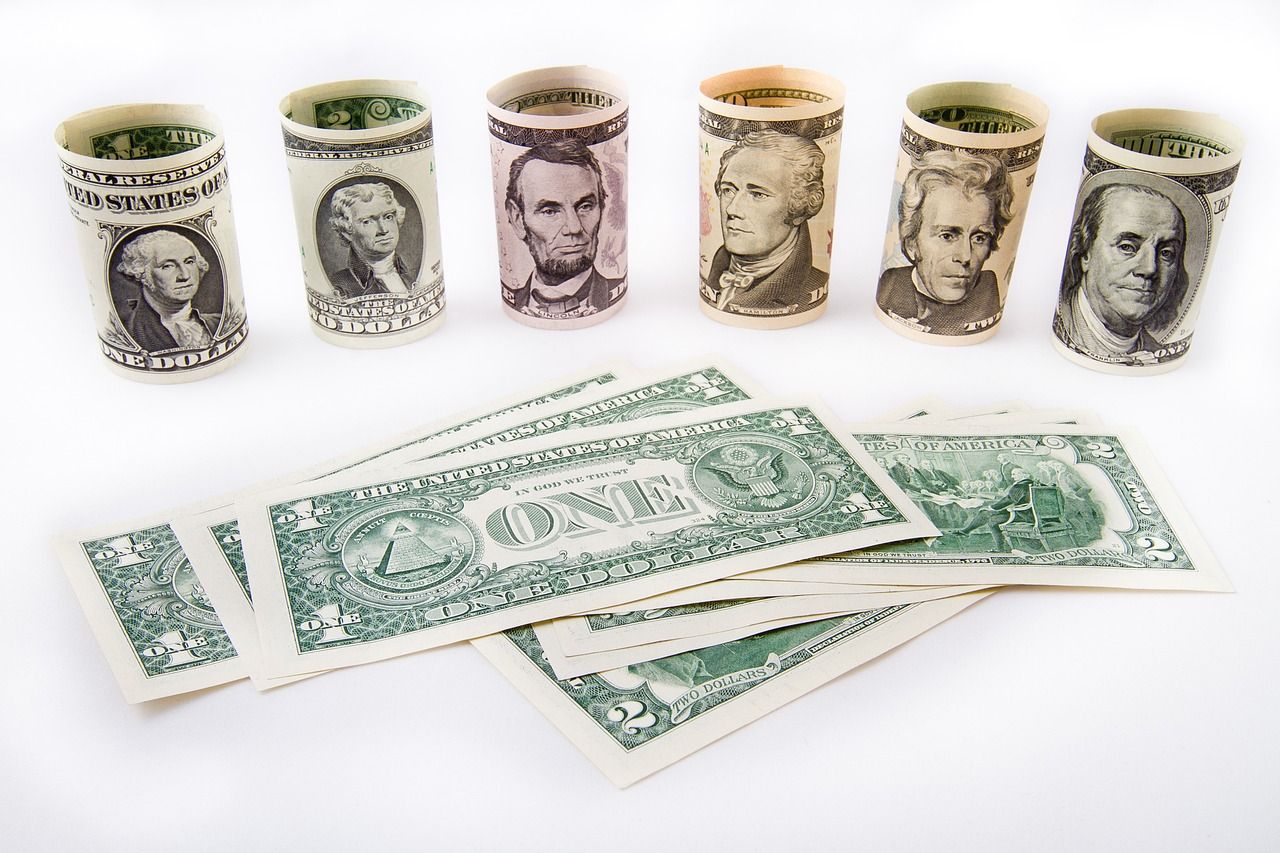Powers, Operations, and Influence of the World’s Central Banks

Central banks, serving as the hub of a nation's monetary framework, play a pivotal role in sustaining financial stability and controlling inflation in their respective economies. This in-depth analysis will delve into the world's key central banks, highlighting their operational intricacies, the power they wield, their impact on the economy, and identifying the most influential central bank on the global stage.
The Mandate of Central Banks
Central banks are the foundation of a country's economic stability. Their primary functions entail preserving financial stability, managing inflation, overseeing the country's foreign exchange and gold reserves, and acting as the lender of last resort. They also regulate and supervise the commercial banking system to maintain the financial sector's integrity. Central banks fine-tune the country's money supply through monetary policy, using tools like open market operations, setting benchmark interest rates, and adjusting bank reserve requirements.
The Federal Reserve (Fed) - USA
The Federal Reserve, popularly known as the Fed, is often considered the most influential central bank due to the size of the U.S. economy and the global dominance of the U.S. dollar. The Fed's primary mandates are to foster economic conditions that achieve stable prices, maximize employment, and moderate long-term interest rates. The Federal Open Market Committee (FOMC) sets the nation's monetary policy. The uniqueness of the Fed lies in its structure, divided into 12 Federal Reserve Banks across various regions of the U.S., each functioning with a degree of autonomy.
The European Central Bank (ECB)
The ECB holds the responsibility for the euro, the common currency used by the 19 European Union (EU) member countries comprising the Eurozone. The ECB's core objective is to maintain price stability, defined as keeping inflation below, but close to, 2% over the medium term. A distinctive aspect of the ECB, unlike most other central banks, is that it must account for the diverse economic conditions of multiple countries when deciding its monetary policy.
The Bank of Japan (BOJ)
The BOJ stands out for its frequent use of unconventional monetary policy tools, such as yield curve control and negative interest rates, a response to Japan's prolonged battle with deflation. Its primary goals are to ensure price stability and maintain the stability of the financial system, thus fostering economic growth.
The People's Bank of China (PBOC)
The PBOC differs from many central banks due to China's distinctive blend of capitalist market dynamics and state control. Unlike most developed economies, where the currency value floats freely in the market, the PBOC manages the yuan's value against a basket of foreign currencies.
The Bank of England (BoE)
The BoE, one of the oldest central banks, has a mandate to ensure monetary and financial stability in the UK. It sets interest rates to meet an inflation target set by the government, oversees the country's banking system, and issues banknotes.
Power of Central Banks
The power of a central bank is inherently tied to its capacity to influence a nation's economic trajectory. By tightening or easing monetary policy, central banks can temper or stimulate the economy. Their policy decisions, particularly on interest rates, directly impact borrowing costs, which subsequently affect the financial decisions of individuals and businesses.
The Effect of Central Banks on the Economy
The decisions of leading central banks, such as the Fed, ECB, BOJ, PBOC, and BoE, are closely watched by economists, policymakers, and investors worldwide. These decisions can create ripple effects throughout the global economy due to the size and complexity of the economies they oversee.
A change in the Fed's interest rate, for instance, can trigger fluctuations in global financial markets as investors adjust their portfolios in response to shifting yields. Similarly, if the ECB changes its monetary policy, it could have significant implications for the European and global economies due to the euro's importance.
The Most Powerful Central Bank
While every central bank is integral to its domestic economy, the Federal Reserve is frequently considered the most powerful. This stems from the U.S. dollar's role as the world's reserve currency and the U.S. economy's significant influence. Changes in the Fed's monetary policy often resonate globally, affecting financial markets and economic conditions worldwide.
Central Banks' Approach to Economic Crises
Central banks also play a crucial role during economic crises. For instance, during the 2008 financial crisis, central banks worldwide took unprecedented measures to stabilize the financial system. They drastically cut interest rates and implemented quantitative easing programs, purchasing massive quantities of government bonds and other financial assets to inject money into the economy. During the COVID-19 pandemic, central banks once again stepped up, providing financial liquidity, lowering interest rates, and in some cases, launching programs to support businesses and employment.
While each central bank has its unique features and operates within its domestic political and economic environment, they all share the fundamental goal of maintaining economic stability. Their policy decisions shape not only their nation's economic trajectory but also, in many instances, the direction of the global economy. Understanding the function and impact of these institutions is critical to grasping the dynamics of both national and international economics.
Article Links:





Thanks for reading!
TIME IS MONEY: Your Free Daily Scoop of Markets📈, Business💼, Tech📲🚀, and Global 🌎 News.
The news you need, the time you want.
Site link ⬇:

Advertisement Inquiries: timeismoney@timeismon.com
Any article suggestions? Email us.
Support/Suggestions Email: timeismoney@timeismon.com


